Kepler Mission: Catalogs 4,034 Exoplanet Discoveries
NASA held a media briefing on 19 June 2017 to announce the Kepler Mission's completed catalog of 4,034 exoplanet discoveries.
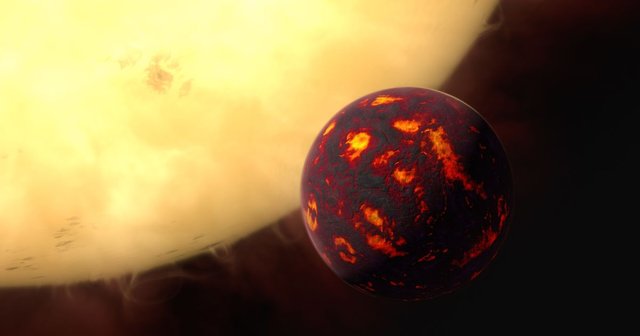
Image Source
While there are a lot of questions to be answer about the 219 new exoplanets recently found by the Kepler Mission, at least 10 of these new exoplanets are Earth-sized and within the Goldilocks zone from their star, habitable zone that would permit liquid water on the surface.
Habitable Zone
The Habitable Zone is sometimes referred to the Goldilocks Zone because it is just right for supporting life as we know it. The Habitable Zone was first coined by Su-Shu Huang, a scientist at the University of California at Berkeley, in 1959.
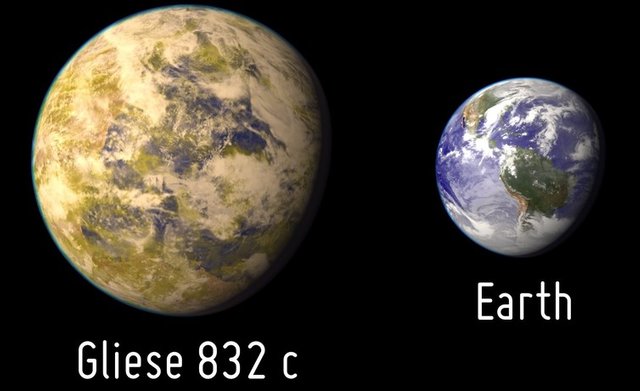
Image Source
Gliese (GJ) 832c is an exoplanet a mere 16 light years from Earth that is on the outer edge of the Habital Zone.
Earth Similarity Index (ESI)
The Earth Similarity Index gives a indication of how "Earth-like" a planet can be. The ESI calculation yields a value between 0.0 and 1.0 where any value greater than 0.80 is considered to be Earth-like. The planetary parameters that go into the ESI calculation are mean radius, bulk density, surface temperature, and escape velocity. In the case of Gliese 832c its ESI is 0.81. But the ESI should not be used exclusively for finding a habitable planet because Venus has a ESI of 0.9.
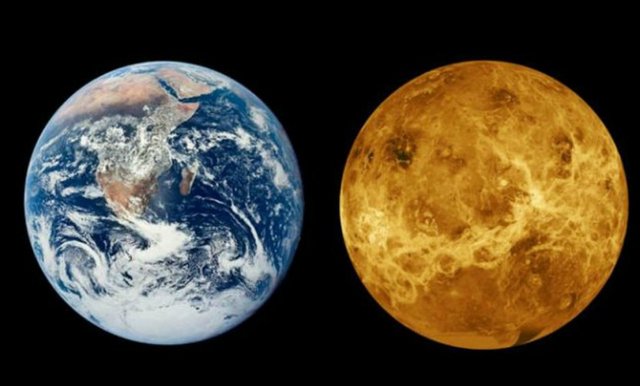
Earth and Venus Image Source
Our Galaxy is Teaming with Planets
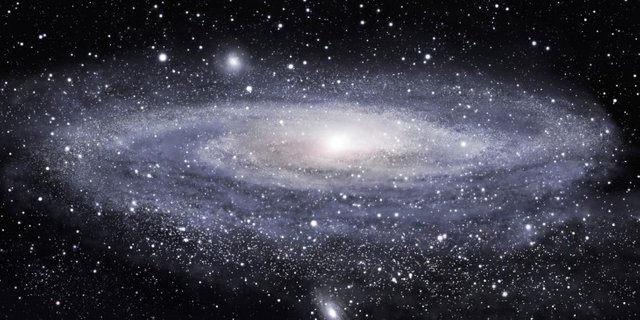
Image Source
Our Milky Way galaxy is teaming with planets and the Kepler Mission has given scientists the ability do to statistics on the frequency of the different types of planets. If we look at our own solar system there are two basic types of planets, gas giants with thick gaseous atmospheres and rocky planets with thin atmospheres. The Kepler Mission has blown away our bi-modal concept of planetary types.
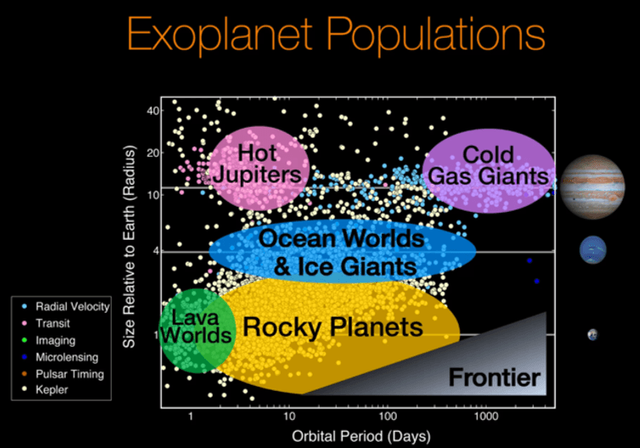
Image Source
Many Super Earth Planets
The Kepler Mission's catalog of planets identifies over 66% of the planets as "Super Earth" planets with radii between 1.1 and 4.0 times the radius of the Earth. Studies of the Kepler Mission catalog found that planets sizes around 1.3 Earths and 2.4 Earths are equally common in the catalog. While 1.5 and 2.0 Earth radii planets are much harder to find with the catalog.
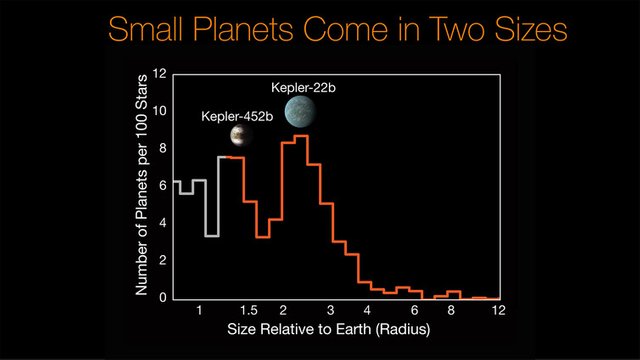
Image Source
More to Come
The Kepler Space Telescope's second (K2) mission has begun at NASA and it has already identified 500 more exoplanets.
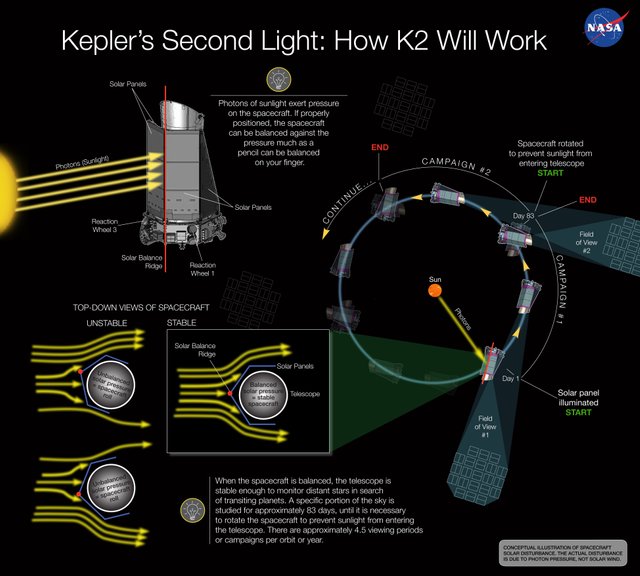
Image Source
Sources and Full Articles
Kepler Mission has released its catalogue of exoplanets, but what have we learnt about these worlds?, Scroll.in, 24 June 2017
No, that new exoplanet is not the best candidate to support life,The Conversation, 9 July 2014
NASA's K2 mission: The Kepler Space Telescope's Second Chance to Shine, NASA, 9 March 2016
Thanks for sharing ! I follow!
Have a look at my page, i'm astrophotographer :)
Nice post, thank for your sharing this information. Best regard from aceh :-)
You are very welcome! And thank you!
Have a great weekend!
Steem on,
Mike
i love space! but what is an exoplanet?
An exoplanet is any planet outside our own solar system.
got it, thanks for letting me know!
Very informative.
I like science posts.
Keep posting my friend.
:)
Hi @motivator ... if you like science posts, I'd like you to check out my page. Most of my own posts you will probably find relevant. I'm currently training to be a teacher of chemistry and physics. My passion is science! If you see something you like, let me know with a follow upvote, resteem, what ever. I'm on my way to check out your page right now! (:
Ugh, NASA is so amazing. A few years ago you may recall them announcing the landing of a probe on an ASTEROID. That feat alone is incredible, but did you know it was in space for ten years before it landed? NASA had to predict ten years worth of motion for this probe to land softly on the asteroid...
There are also NASA probes surveying the outer solar system that have operated much longer than 10 years. What is amazing that probes using technology that seems ancient today can last so long.
Have a great weekend!
Steem on,
Mike
Thank you very much for 900